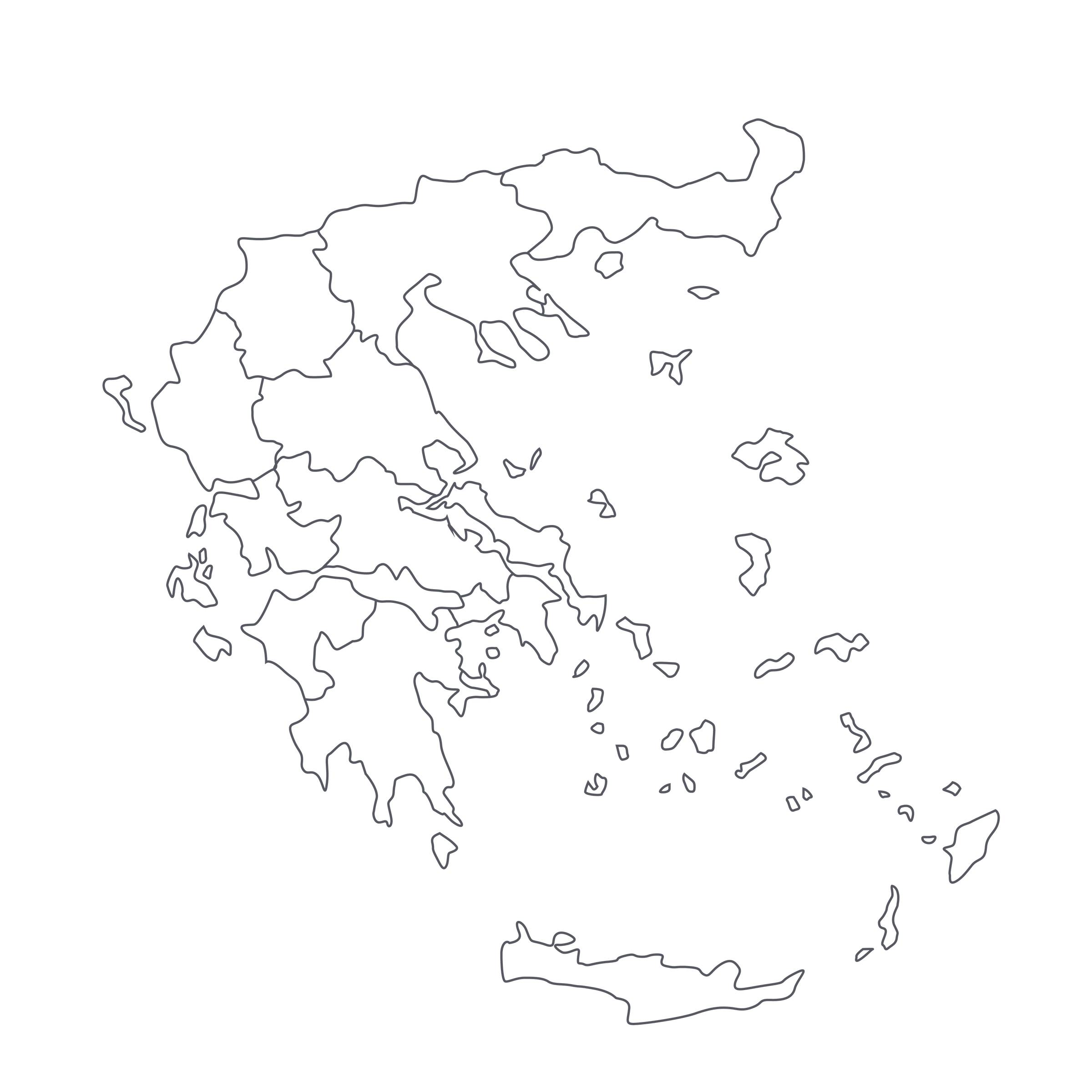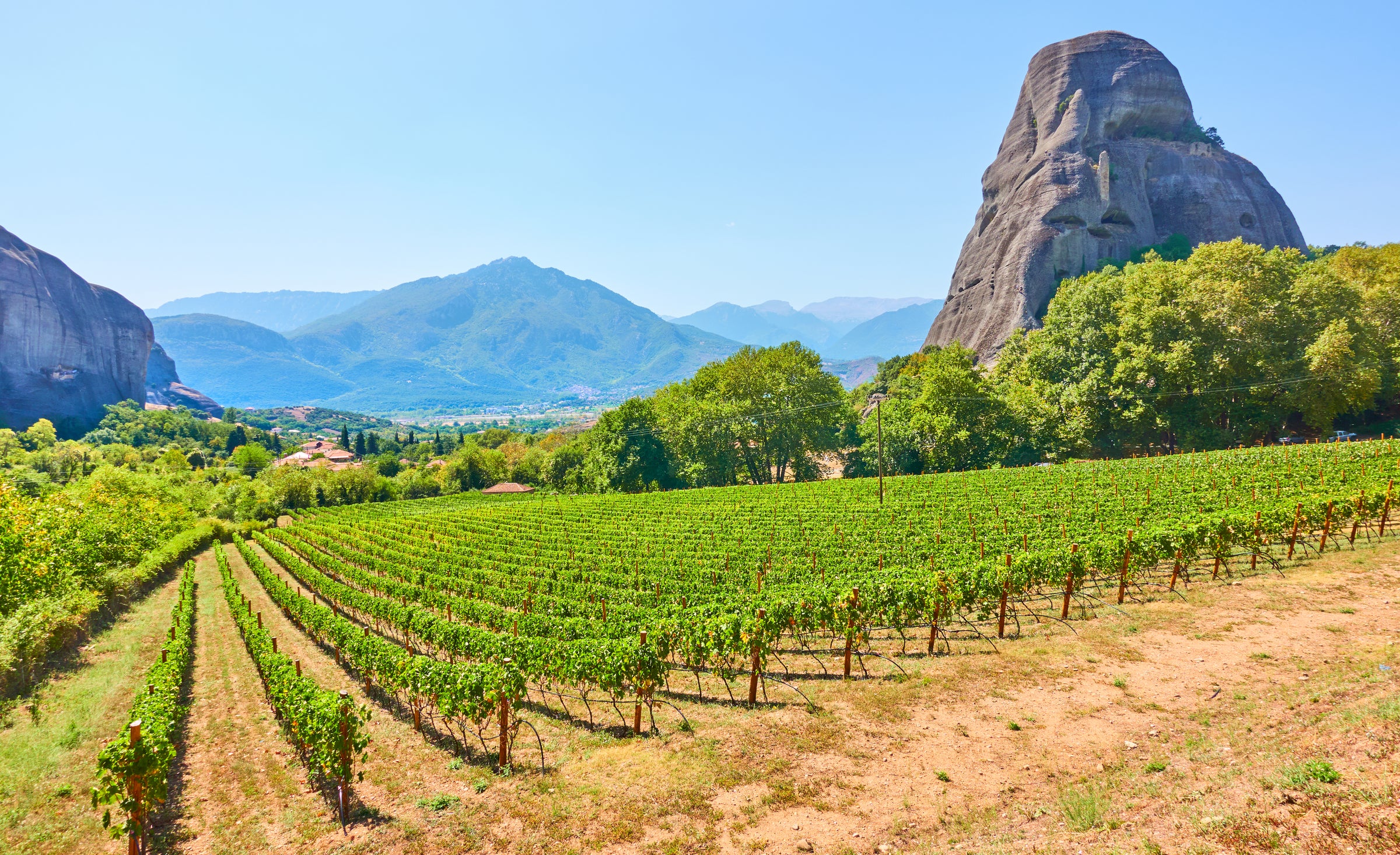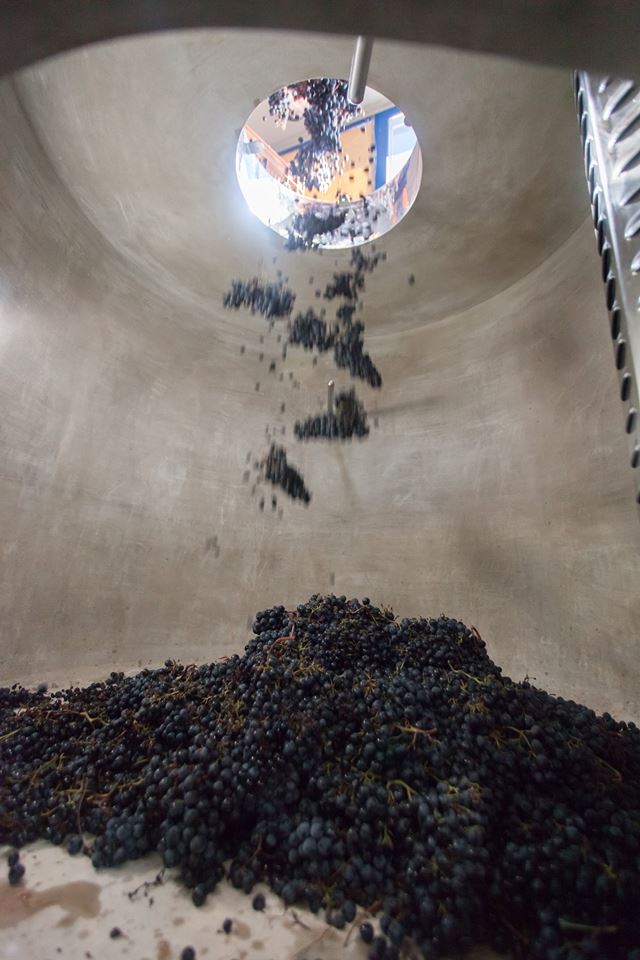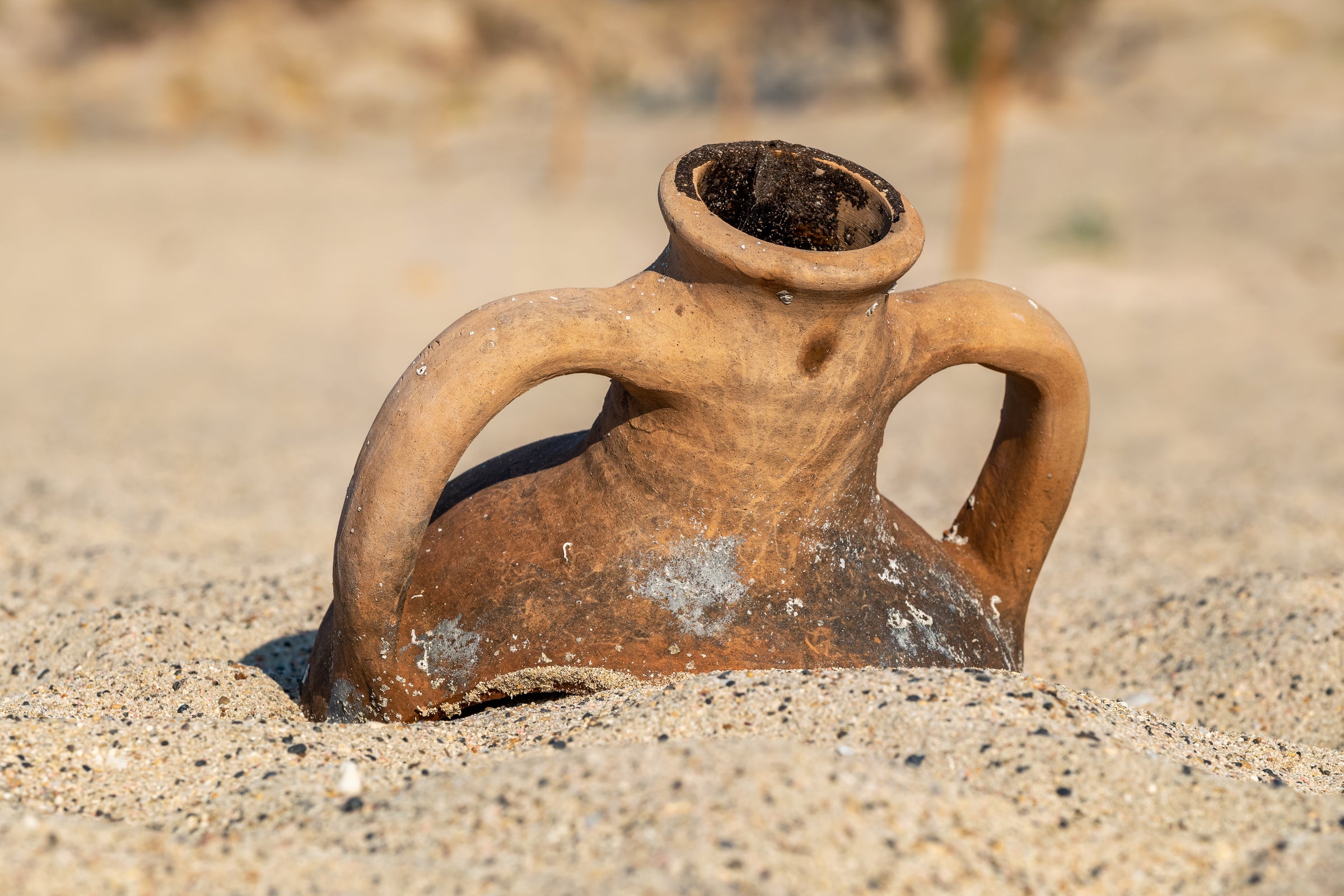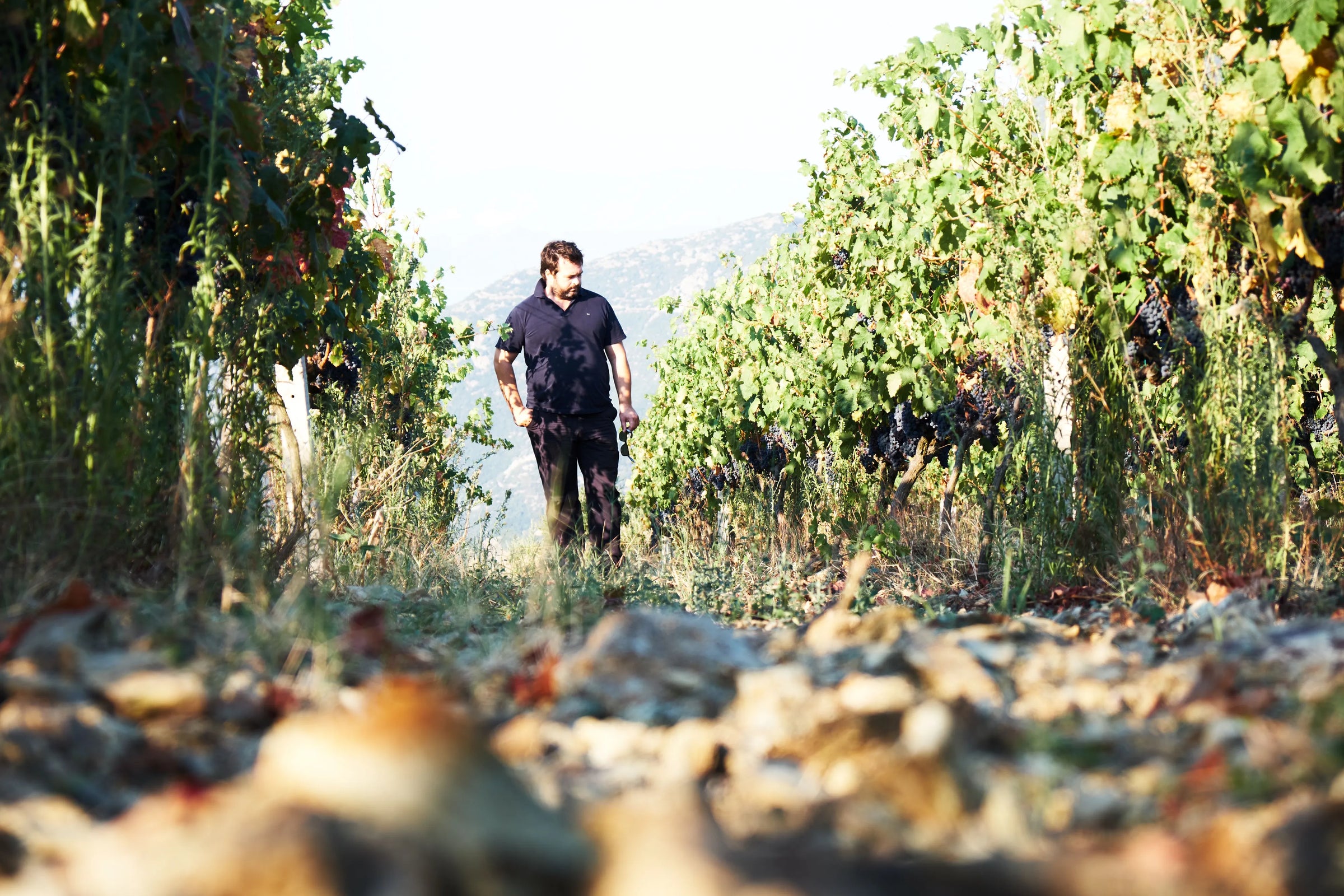Buckle up, folks: We’re going on an adventure. Our destination? The southeastern slopes of Mount Olympus, overlooking the Pinios River Valley in Northern Greece. You may not have heard of the Rapsani PDO (Protected Denomination of Origin), from which today’s wine hails, but if you’ve been a SommSelect-er for any length of time, you probably know Xinomavro—billed by experts the world over as Greece’s answer to Italy’s Nebbiolo. And you might know rising-star vintner Apostolos Thymiopoulos, whose wines from Naoussa are some of the most celebrated in the region.
Naoussa is the best-known of the four appellations where Xinomavro is grown, and while Thymiopoulos is blessed with heirloom vineyards in the region that go back generations, he jumped at the opportunity to acquire seven hectares of high-elevation vineyards in Rapsani in 2015. Located just 10 kilometers from the Aegean Sea and reaching past 500 meters in elevation, these special parcels—many of them studded with 40- to 70-year-old bush vines—gave rise to a new label, Terra Olympus. Today’s 2017 is only the third release of “Terra Petra,” but the old-vine soulfulness is unmistakable. It combines 50% Xinomavro with the local varieties Krassato and Stavroto (the traditional blend of Rapsani—who knew?) and it drinks like a silky Burgundy/Barolo hybrid. Put a transcendent talent in a classic (if unknown) terroir and this is what you get—a sleek, polished wine that also oozes real varietal and soil character. What an exciting discovery!
Having previously offered Naoussa wines from Thymiopoulos, we were excited to learn that Terra Olympus was his project—and even more so, of course, after we tasted this wine. Thymiopoulos burst onto the Greek wine scene in the early 2000s, working from vineyards in the villages of Trifolos and Fitia in Naoussa. Many of these vineyards were originally farmed by his grandfather (also named Apostolos), but the family had long sold the grapes to others, retaining some for family consumption. When grandson Apostolos graduated from the University of Athens’ enology program in 2000, he began making wines with the family name on them. The first commercial releases were in 2003, and the charismatic personality of both the wines and their maker have attracted international attention. Thymiopoulos has also made a point of getting out into the wider wine world—France especially—for inspiration.
Thymiopoulos’ success and notoriety in Naoussa naturally opened up other avenues for him, and when the vineyards in Rapsani became available, he saw an opportunity to bring newfound glory to a mostly forgotten wine zone. Rapsani is the name of the village, perched on the northern bank of the Pinios River, that lends its name to the broader appellation in and around it. And if the region has been overlooked, it’s not because of its inferior terroir: The high-elevation vineyards benefit from the interplay of mountain and sea air and the soils are a mix of schist and iron-rich clay. Whereas the Naoussa PDO is further to the north, and farther enough from the Aegean to be considered a “continental” climate, Rapsani is a touch warmer, allowing for slightly softer, riper expressions of Xinomavro. The supporting players, Krassato and Stravroto, add some tannin-softening plushness as well, without masking the earthy, smoky aromatics of the Xinomavro.
Thymiopoulos co-fermented the three varieties in stainless steel, then transferred the wine to 500-liter oak barrels for 14 months of aging before bottling. Today’s ’17 displays well-integrated oak spice notes beneath a rich wave of black cherry, black currants, dried plum, leather, balsamic, sandalwood, and underbrush. It is medium-bodied, leaning toward medium-plus, with plenty of freshness balancing the plush fruit. Experienced tasters will sip this wine and detect all sorts of nods to great reds from around the world, like picking out the songs “sampled” in your favorite hip-hop tracks: one minute it reads like a modern-style Barolo, the next it’s suggesting a velvety, ripe-vintage Burgundy from Beaune. It has lots of polish but also a gutsy, spicy, smoky component that keeps you engaged. Decant it 30 minutes before service in Burgundy stems and enjoy the ride—it’s ready to enjoy now and over the next 3-5 years with the Greek specialty of your choosing (you can’t not cook Greek here, c’mon). The savory notes in the wine make lamb a natural choice. Check out the attached recipe and have at it!


